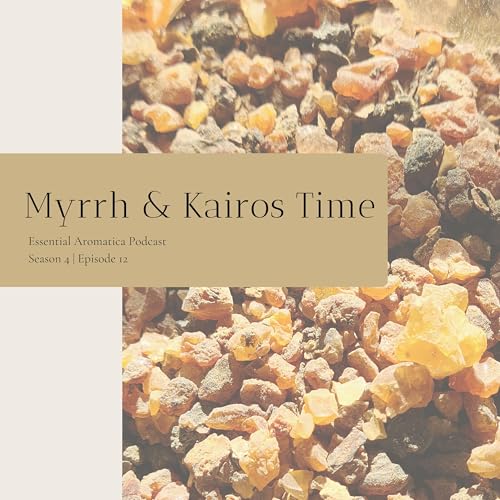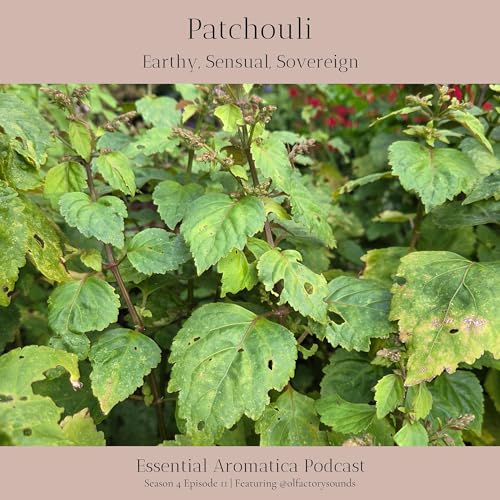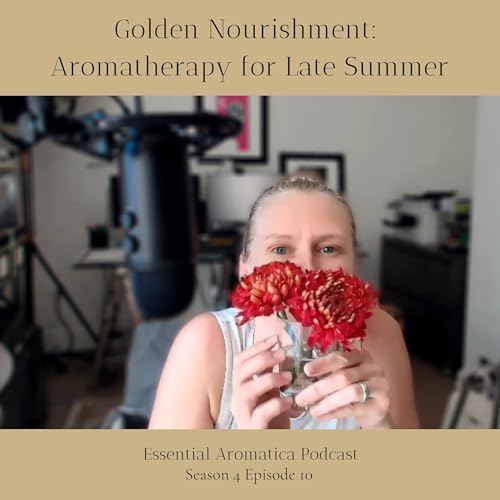Welcome. Patchouli invites you into your body—earthy, sensual, sovereign.
It’s time to celebrate Patchouli—one of my great loves and haloed essential oils in aromatherapy’s pantheon, alongside other jewels such as Lavender and Frankincense. We begin by sinking into Yuliana Kireyeva’s synesthetic composition, an auditory translation of Patchouli’s aromatic chemistry, before sauntering into Lola Ridge’s poem “Potpourri,” a sultry, aromatic remembrance of New Orleans [~ minute 8:00].
With your whole being steeped in Patchouli—body, breath, memory, and energy—I guide you through a “Boundary of Sovereign Light” visualization [~ minute 9:00], a ritual to awaken your luminous boundary, reclaim energetic clarity, and embody your sovereign radiance.
Then words from the photographer Minor White unexpectedly resurfaced while I was recording the episode [~ minute 16:00].
But wait, of course there’s a seasonal theme to explore! Late summer into early autumn is Patchouli’s season: the harvest time of boundaries, reflection, and the thinning veil between worlds. Rooted in humus-rich soil and shaded from the high-heat sun, Patchouli mirrors this liminal space—earthy, sensual, quietly abundant—and supports us in releasing tension, sinking into our bodies, and resting in our own stillness.
In the final segment, I share my personal love affair with Patchouli—from adolescent memories of “bad Patchouli” incense to nurturing Patchouli plants in my garden. Its personality is evoked with words such as sweaty, animalic, wet compost, and “Kundalini at rest”, before going deeper into Patchouli’s power to support self-acceptance, sensuality, sexuality and, yes, boundaries.
Earlier this season we looked at Yarrow and Clary Sage, if Yarrow is a neutral shield and Clary sage is earthy euphoria, then Patchouli is our earth-bound body at-rest, a snake master of itself, able to settle into our true selves, unapologetically wear our own skin, and help us set clear boundaries between what is ours and what is not.
Go deeper:
Patchouli Plant Talk Article and video
Yarrow Plant Talk Article and Video
Find Yuliana on Instagram: @olfactorysounds
 2025/11/2033 分
2025/11/2033 分 35 分
35 分 37 分
37 分 36 分
36 分 26 分
26 分 24 分
24 分 27 分
27 分 47 分
47 分

